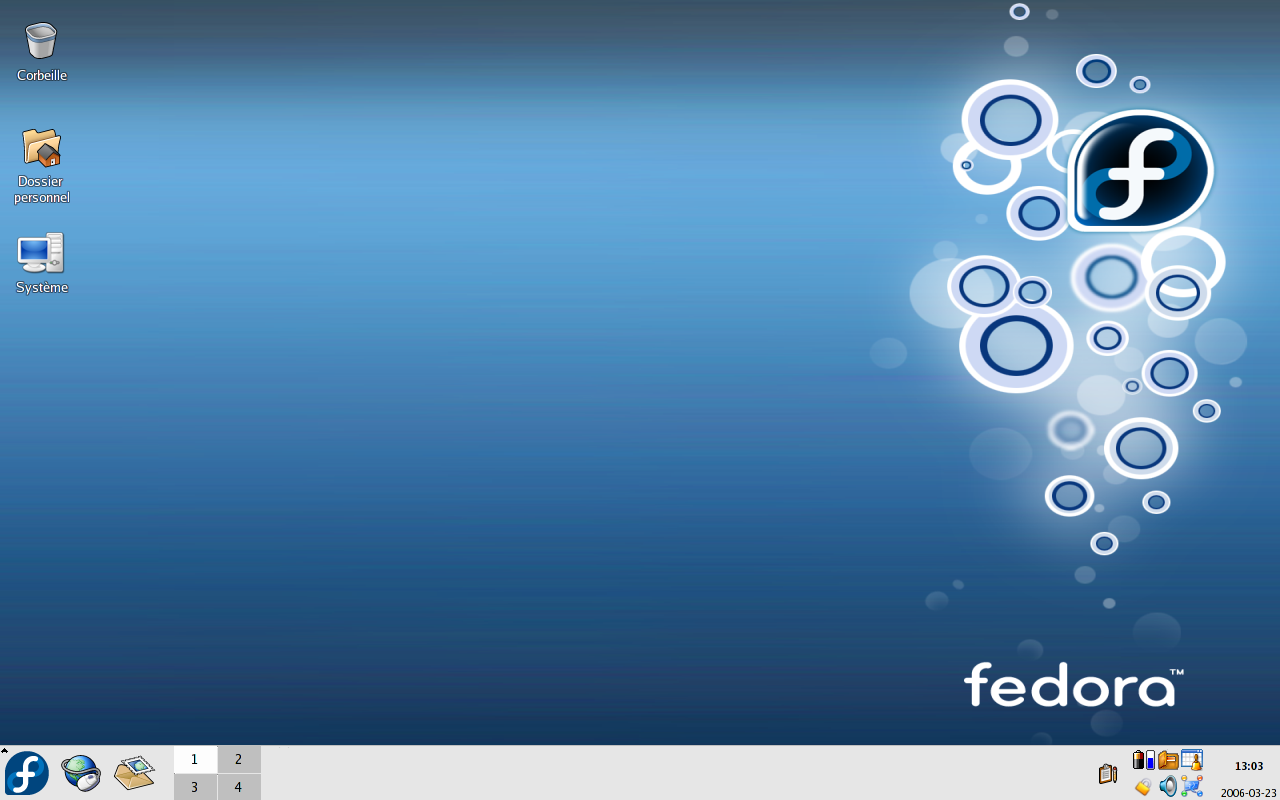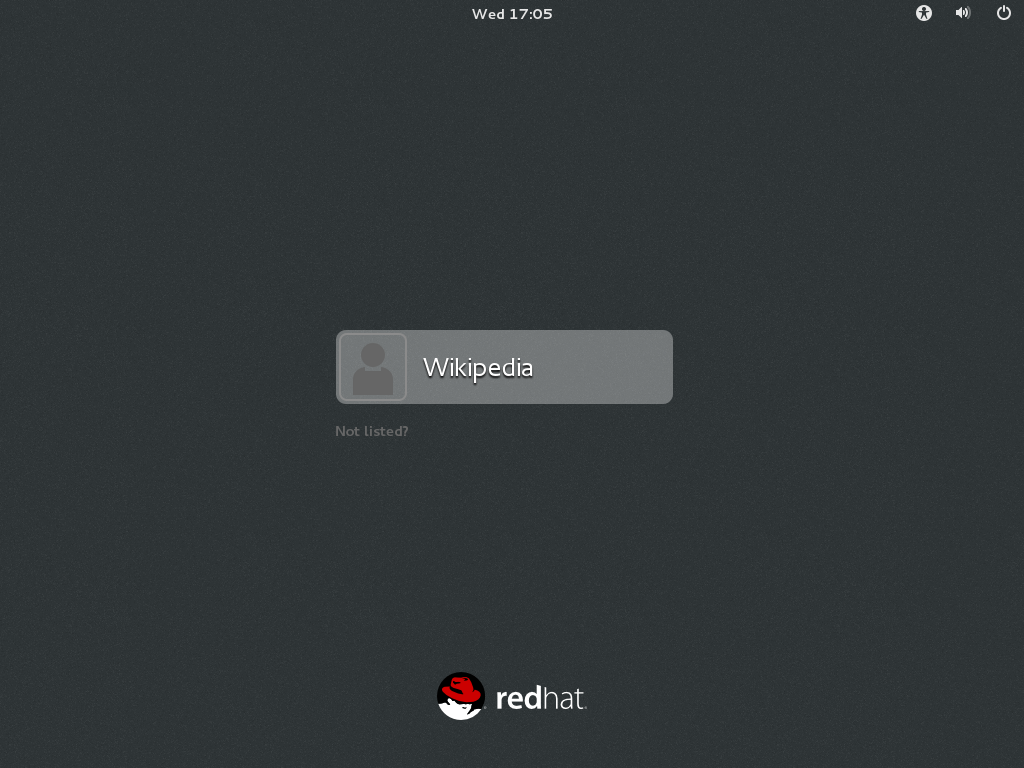Difference Between Fedora and Red Hat
The community-supported Fedora Project and the Red Hat Enterprise Linux (RHEL) are open-source technologies that enjoy a mutually beneficial relationship. Fedora is a Linux distribution and a freely downloadable successor to the original Red Hat Linux. However, it still remains closely related to the commercial version of Red Hat Linux, now goes by Red Hat Enterprise Linux, or simply called RHEL. But what exactly is Fedora Linux? Fedora Linux is in fact a particular distribution of Linux created by Red Hat, Inc. and the Fedora Project. And Red Hat is the world’s second biggest Linux kernel contributor. People are often confused by the relationship between Fedora and Red Hat. Fedora is a community-driven free Linux distribution focused on quick releases that include new features and functionality, whereas Red Hat is more like a corporate version based on the Fedora Project. So which one is better: Fedora or red Hat? Let’s take a look.
What is Fedora?
Formerly called Fedora Core, Fedora is a full-fledged Linux distribution and a worthy successor to the original Red Hat Linux. For several years, Red Hat Linux was the most popular commercial distribution of Linux. In 2003, Red Hat, Inc. changed the name of its distribution from Red Hat Linux to Fedora Core. Later the name was officially changed to simply Fedora. Since then, it moved its commercial efforts towards its Red Hat Enterprise Linux (RHEL) products. The Fedora Project is sponsored by Red Hat and supported by the open-source community. It’s widely regarded as the most stable free Linux distro and designed as a secure, general-purpose operating system. With frequent releases coming out every six months or so, the Fedora Project incorporates cutting-edge code.
What is Red Hat?
Red Hat Enterprise Linux, or RHEL, is one of many available distributions of Linux which is more like a corporate version based on the Fedora Project that includes many changes introduced by Fedora. RHEL is typically sold through an annual subscription that includes access to the Red Hat Network (RHN) and technical support. It is more stable but less cutting-edge than Fedora. The first publicly available version of Red Hat Linux appeared in 1994 and was based on Kernel version 1.09. Since the first version of Red Hat Distribution was released, there have been several releases and with each release improving upon the previous versions. All versions of Enterprise Linux share some similarities in their product feature set, which include a common operating system, applications and management tools; a 12-18 month release cycle; support and updates from RHN with the initial purchase.
Difference between Fedora and Red Hat
Basics
– Fedora, formerly called Fedora Core, is a full-fledged Linux distribution and a worthy successor to the original Red Hat Linux. Fedora Core is a general-purpose operating system built over the Linux OS kernel architecture having capabilities comparable to other operating systems, such as Windows NT and Macintosh. Red Hat is more like a corporate version based on the Fedora Project. Red Hat Enterprise Linux (RHEL) is one of many available distributions of Linux which is more stable but less cutting-edge than Fedora. Red Hat provides the RHEL product suite for business users.
Release Cycle
– Fedora is developed by the community-driven Fedora Project sponsored by Red Hat and supported by the open-source community. Fedora maintains a six-month release cycle meaning new releases of Fedora Core occur about every six months, which is far too often for production-based systems. Red Hat, on the other hand, placed all its efforts into promoting its Enterprise Linux product and its features and benefits for higher-end applications. Unlike Fedora, all versions of Enterprise Linux share some similarities in their product feature set, which include a 12-18 month release cycle rather than a 6-month cycle.
Support
– The main advantage of Red Hat Enterprise Linux over Fedora Core is the number of support options that are available from Red Hat. The lack of user support was the one of the primary reasons for not using Linux by the corporate world. With the promotion of Enterprise Linux, Red Hat provides technical support and maintenance during stated time periods to help build, deploy and manage your Red Hat products and enterprise solutions successfully and effectively. Fedora, on the other hand, is not a supported Red Hat product, so not recommended for production environments where the software packages and features must remain constant for a longer period of time.
Cost
– The most significant difference between the two is probably the difference in their pricing model. RHEL is typically sold through an annual subscription that includes access to the Red Hat Network and technical support. The cost of the AS version of Enterprise Linux when purchased with the standard support option is about $1500, while with the premium support package, it costs a whopping $2500. Fedora, on the other hand, is a community-driven Linux distro which is absolutely free to use, modify and distribute.
Fedora vs. Red Hat: Comparison Chart
Summary of Fedora vs. Red Hat
Fedora is developed by the community-driven Fedora Project sponsored by Red Hat and supported by the open-source community, while Red Hat puts all its efforts into promoting its Enterprise Linux product and its features and benefits for higher-end applications. However, Fedora is not a supported Red Hat product and is not ideal for production environments where software packages and features must remain constant over a longer period of time. RHEL is mainly for the business market. Red Hat is more stable but less cutting-edge than Fedora.
- Difference Between FTP and SFTP - April 16, 2024
- Difference Between El Nino and La Nina - April 13, 2024
- Difference Between an Arbitrator and a Mediator - April 11, 2024
Search DifferenceBetween.net :
Leave a Response
References :
[0]Image credit: https://commons.wikimedia.org/wiki/File:RHEL-7-gnome_2014-06-11_17_05_51.png
[1]Image credit: https://commons.wikimedia.org/wiki/File:Fedora_core_5_kde_fr.png
[2]Sobell, Mark G. A Practical Guide to Fedora and Red Hat Enterprise Linux. London, UK: Pearson Education, 2010. Print
[3]Collings, Terry. Red Hat Enterprise Linux 4 For Dummies. Hoboken, New Jersey: John Wiley & Sons, 2005. Print
[4]Barkakati, Naba. Red Hat Fedora Linux Secrets. Hoboken, New Jersey: John Wiley & Sons, 2005. Print
[5]Barrett, Daniel J. Linux Pocket Guide. Sebastopol, California: O'Reilly Media, Inc., 2004. Print



